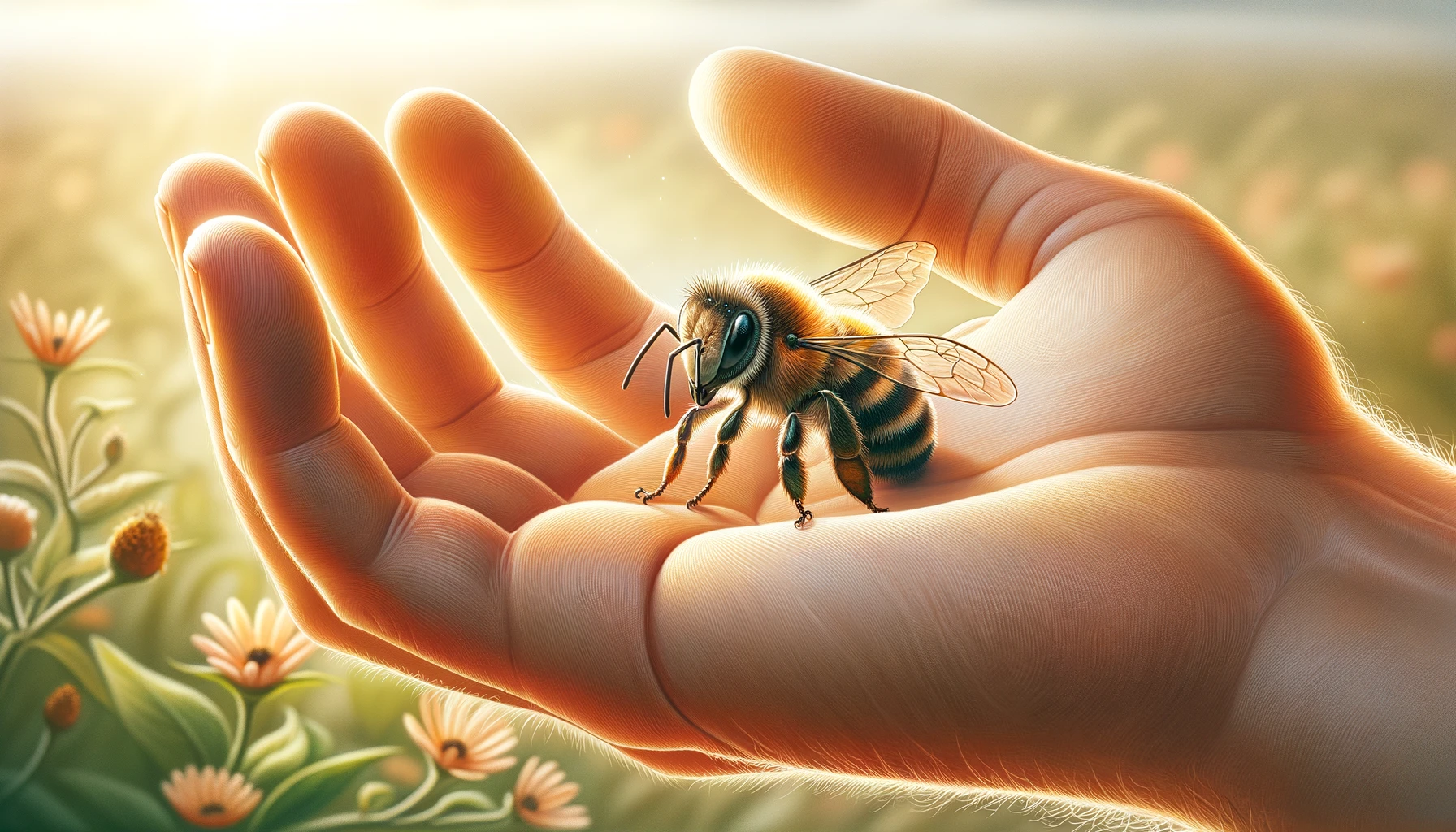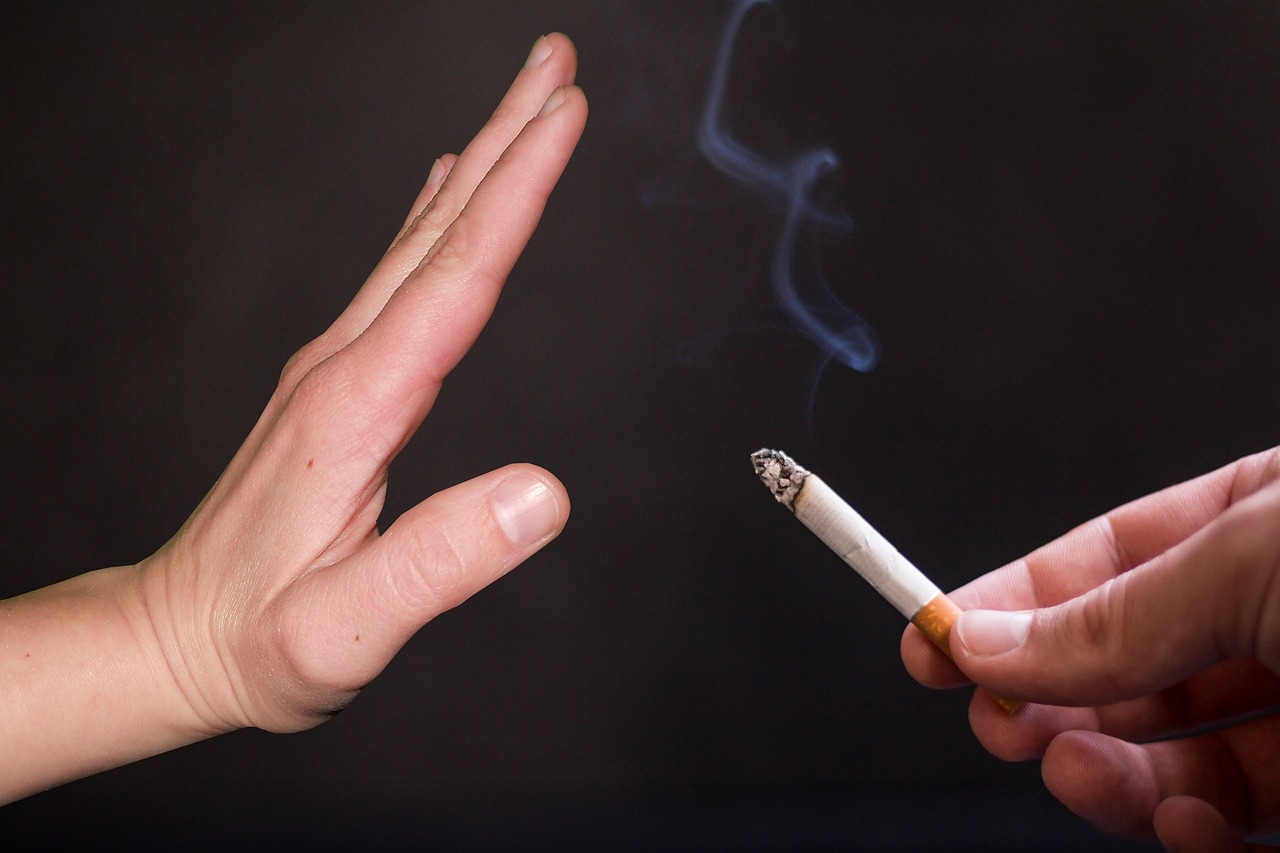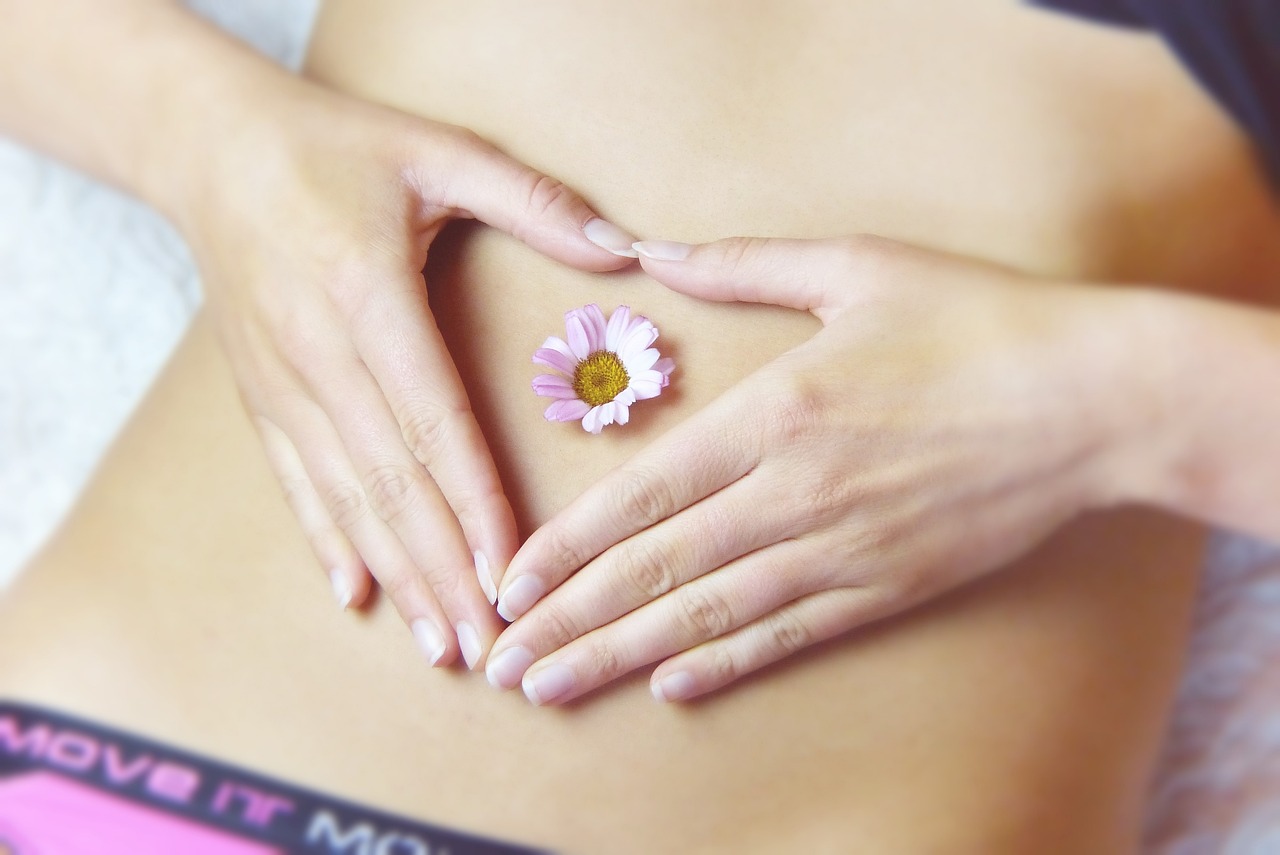So, you’ve just been stung by a bee and you’re thinking, “Well, that wasn’t on today’s agenda!” Or perhaps you’re asking, “Is this nature’s way of giving me an organic acupuncture session?” Before you give Mother Nature a 1-star Yelp review, read on to discover how to gracefully navigate the unexpected perk of mingling with our buzzy friends.
What to Do With the Pain?
1. The All-Natural Ice Cube Massage:
The first and most obvious step after being bestowed with a bee’s loving kiss is to apply ice. Now, we’re not talking about regular ice – that’s for amateurs. Think of it as the universe offering you an opportunity for a luxurious ice cube massage. Place an ice cube on the sting and let the coldness seep into your skin, numbing the pain, and reducing the swelling. And remember, for that extra splash of glam, always choose the most Instagram-worthy ice cube tray shapes.
2. The Honey Irony:
Oh, the cosmic humor of using bee byproducts to ease a bee sting! Nature truly has a sense of humor. Slather on some organic, free-range, grass-fed, non-GMO, fair-trade honey on the sting area. Not only does it reduce inflammation, but it’s also a sweet revenge. Say it with me: “Thank you bees, for the sting and the cure!”
3. The Cool Cucumber Calm-Down:
Never underestimate the power of a cucumber in the face of bee warfare. Slice up a cool cucumber and place it on your sting. Not only does it reduce swelling and soothe the skin, but you also get to look like you’re in a spa, minus the fluffy robe and serene music.
4. The Magic of Minty Freshness:
Got some fresh mint leaves or peppermint tea bags? Put them to good use! Apply crushed mint leaves or a dampened tea bag to the sting. The natural cooling properties of mint can provide a welcome relief. Plus, you’ll smell like a walking candy cane, which is always a bonus.
5. The Aloe Vera Rescue:
Aloe vera isn’t just for sunburns! Slather some of this green wonder on your sting. Its natural soothing and anti-inflammatory properties will feel like a gentle hug to your skin. Plus, caring for an aloe plant gives you a fantastic green friend – and we all know friends are great in times of crisis.
6. The Herbal Tea Compress:
Brew some chamomile or green tea, let it cool, then use the tea bag as a compress. These teas have soothing properties and can help reduce inflammation. Plus, you get to enjoy a calming cup of tea afterwards – it’s a win-win!
7. Essential Oils for the Essential You:
A few drops of lavender essential oil can help to soothe the sting. However, before you drench yourself in this purple potion, remember to dilute it with a carrier oil. We wouldn’t want you going from bee sting to essential oil breakout, now would we?
8. The Tale of the Onion:
Legend says that rubbing a slice of onion over a bee sting can alleviate the pain. But let’s be real – while you’re crying from the onion’s potency, you’ll forget all about that silly bee sting. Two problems, one solution!
9. When Bees Give You Lemons:
Well, technically they don’t. But in your kitchen’s sassy rebuttal to the bee, slice a lemon and place it on the sting. Not only will it help with the pain and swelling, but you’ll also smell delightfully citrusy.
10. Toothpaste – Not Just for Pearly Whites:
Who knew your morning routine could double as a bee sting remedy? Just dab a bit of toothpaste on the sting. You might just find that bees are secretly dentists trying to remind you to brush twice daily. Oh, those thoughtful creatures!
11. Elevate, Elevate, Elevate!
If that bee chose your limb as its target, you now have a fantastic excuse to prop that limb up like the royalty you are. Elevating the stung area helps reduce swelling. Plus, it gives you an excellent reason to lounge and demand grapes be fed to you one by one.
12. Embrace the Anti-Itch Lifestyle:
It’s going to itch. Oh, how it will itch! But remember, scratching is for those without self-control. Every time you get the urge, just envision that bee saying, “Gotcha!” Distract yourself. Paint your nails, do the Macarena, or simply practice your royal wave.
13. The Power of Positivity:
Now, I know what you’re thinking, “How will thinking happy thoughts help my bee sting?” Well, imagine the bee was just trying to compliment you, but in bee language, a sting translates to, “You look fabulous today!” You see, perspective is everything.
Now, for the Not-So-Funny Part: Allergies!
Life is full of twists, turns, and apparently, bee allergies. While we’ve had our fun detailing the whimsical aftermath of a bee rendezvous, allergies are a serious subject.
Spotting the Ominous Signs:
- Difficulty breathing: If you sound like Darth Vader without the cool helmet, that’s a bad sign.
- Rapid heartbeat: If your heart’s attempting a solo for a rock band, it’s not auditioning – it’s telling you something’s wrong.
- Facial swelling: If your face suddenly looks like you’ve gone ten rounds in a boxing match or like you’re trying out for a role in a chipmunk movie, alarm bells should ring.
- Dizziness or fainting: If the world starts spinning without you having a glass of wine in hand, it’s cause for concern.
- Hives: If you’re suddenly sporting red, itchy patches that you didn’t wake up with and they’re spreading across areas of your body not near the sting, be wary.
Now, this isn’t an all-inclusive list. Allergic reactions can have a range of symptoms. But remember, when in doubt, always err on the side of caution.
Remember, epinephrine (commonly known by the brand name EpiPen) is the primary treatment for severe allergic reactions. If you know you have a bee allergy and carry one, use it. If not, get to a medical facility ASAP.
While we’ve been painting a rosy and sarcastic picture of bee stings, anaphylaxis is no joke. It can be life-threatening. It’s like the universe saying, “You thought bee stings were just a pinch? Think again!”
So keep this guide close, but keep common sense closer. And maybe, just maybe, if bees knew the ruckus they cause, they’d think twice before making their point.
Bee-fore You Go…
In conclusion, while being stung by a bee isn’t on anyone’s bucket list (or is it?), remember that with the right mindset and remedies, you can turn any situation – even an intimate rendezvous with a bee – into a fabulous and glamorous story. Shine on, you beautiful, bee-stung diamond!
Frequently Asked Questions About Bee Stings
Allergic reactions can range from mild to severe. Symptoms include hives, swelling beyond the sting site, difficulty breathing, dizziness, and rapid heartbeat. If you experience any of these, seek medical attention immediately.
Yes, it’s important to remove the stinger as quickly as possible to minimize the amount of venom injected. Scrape it out sideways using something with a firm edge, like a credit card, rather than tweezers, which can squeeze more venom into the skin.
The initial sharp pain usually subsides within a few hours, but swelling and itching may continue for a few days. If symptoms persist or worsen, consult a healthcare provider.
Over-the-counter pain relievers like ibuprofen or acetaminophen can help manage pain. Antihistamines can be useful for reducing itching and swelling.
Seek medical attention if you have a known severe allergy to bee stings, if there’s an extreme reaction at the sting site, if symptoms suggest an allergic reaction, or if home remedies don’t provide relief.
While it’s impossible to prevent bee stings entirely, you can reduce the risk by avoiding wearing strong perfumes or bright colors that attract bees, being cautious around flowering plants, and not walking barefoot in grassy areas.
Some home remedies, like applying ice, have scientific backing for reducing swelling and pain. Others, like using baking soda or vinegar, have anecdotal support but lack extensive scientific validation.
In most cases, bee stings don’t cause long-term problems. However, if you have a severe allergic reaction, it could lead to more serious, lasting effects. Regular stings over time can sometimes lead to a reduced reaction (immunity) to bee venom.
Essential oils like lavender can be soothing, but they should be diluted in a carrier oil to avoid skin irritation. Always do a patch test first to check for any allergic reaction to the oil.
Multiple stings can be more dangerous, especially for children or those with bee allergies. Remove stingers, apply ice, and monitor for allergic reactions. If you experience severe symptoms or have been stung numerous times, seek medical attention immediately.



